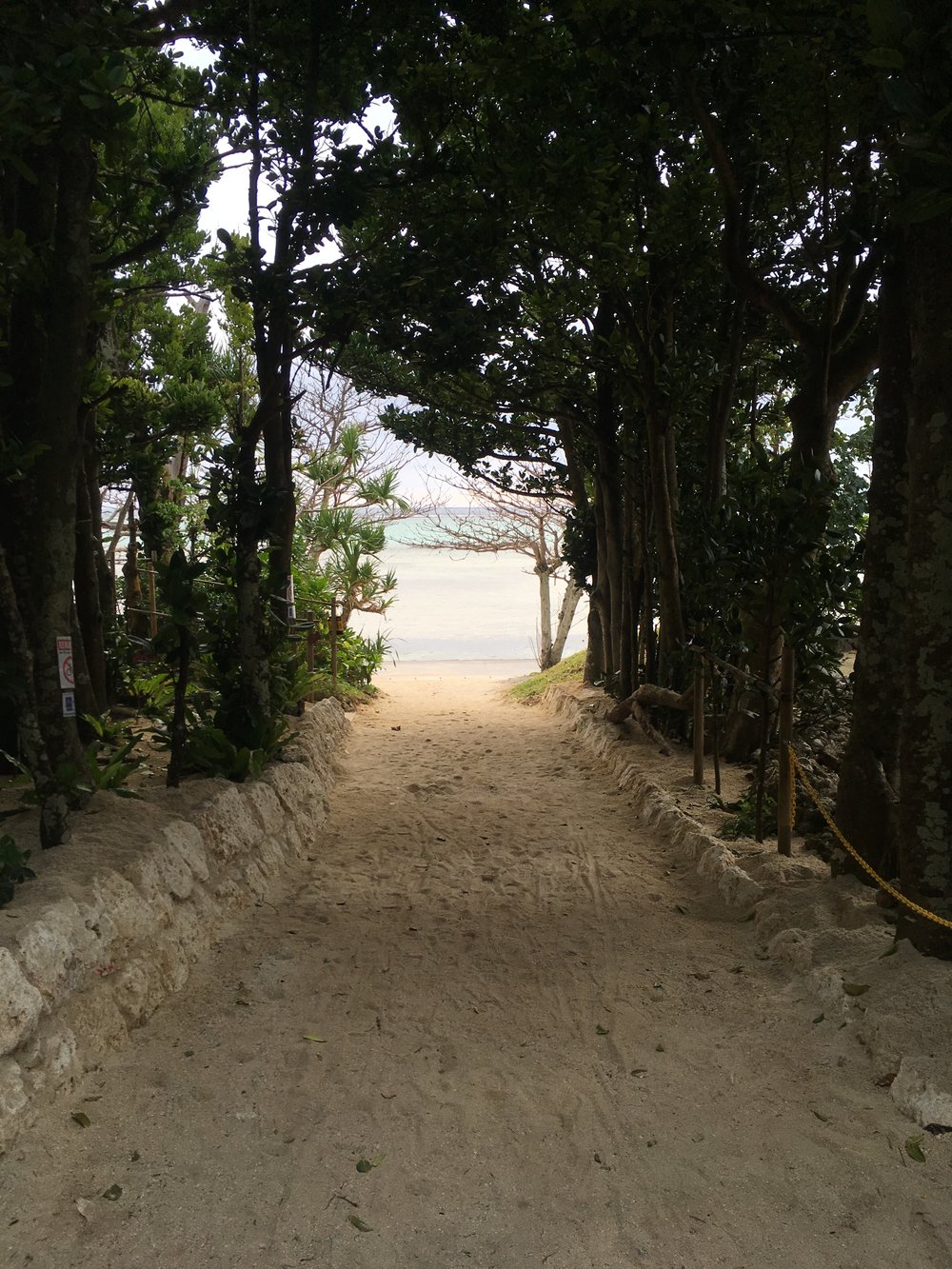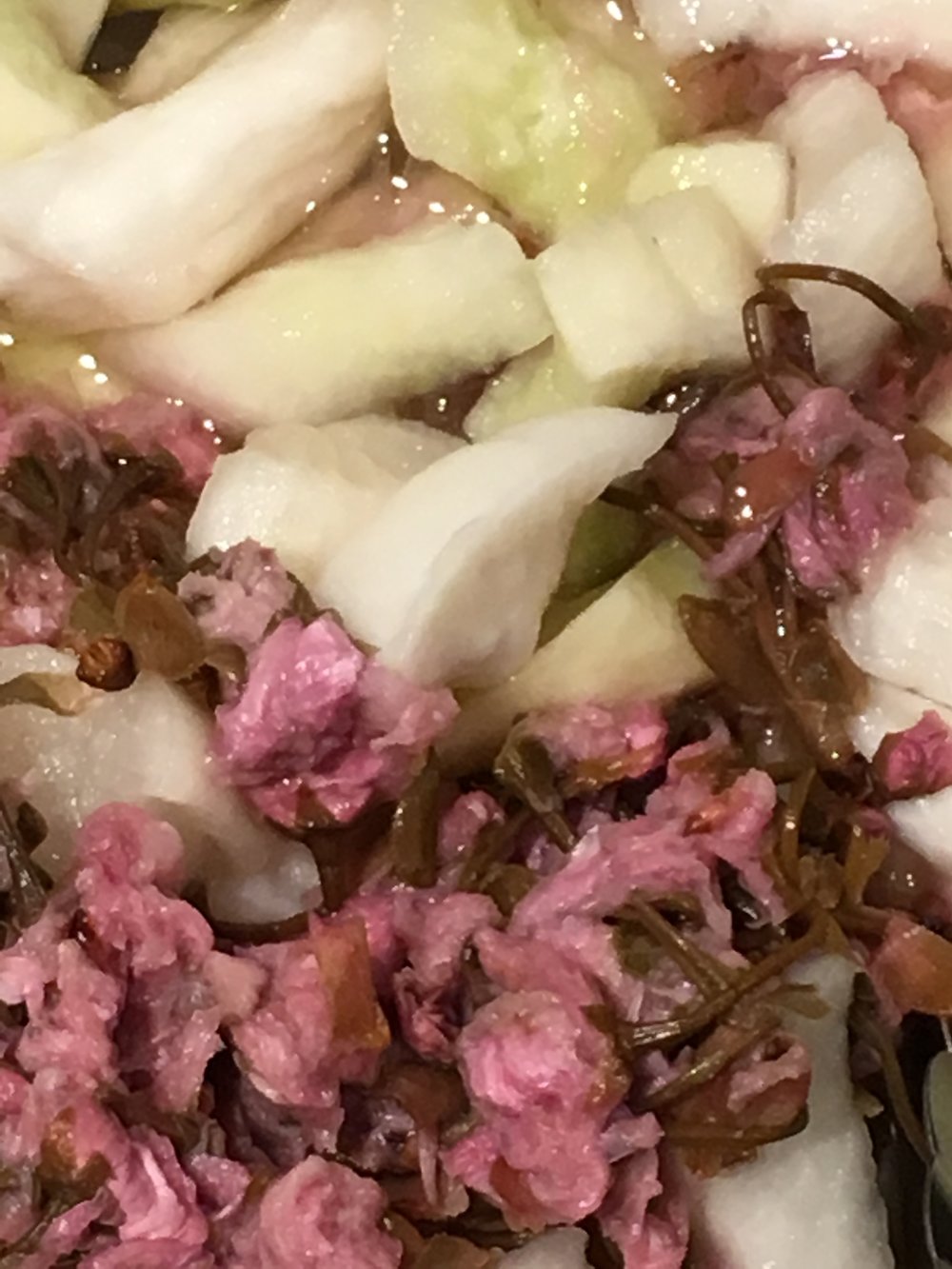
One of the thing I love in traveling is to find new products or locally produced natural products that are not easy to find otherwise. Shinshu – 信州, the region of Nagano, is quite well known for the production of apricots, apple and buckwheat. So after our weekend in Hakuba I could not come back without some of these local products, bought on the way between Nagano and Hakuba (that’s when it comes handy to rent a car!). Of course the season for apples and apricots is way past but I found some dried fruits, which are perfect for breakfast or snacks and will perfectly accompany my Sicilian almonds. I also found some natural honey and some wheat meal.
Soba (buckwheat noodles) are something I really love but finding good soba is not always easy, so I barely cook some. And I haven’t tried to make some yet. But in Nagano, it is quite easy to find hand made noodles. And since spring is in the air these days I cooked them in a very simple fresh and green manner.
Soba with tofu and spinach:
– 180g of dried buckwheat noodles
– 1 small bundle of fresh spinach
– 1 pack of baby spinach salad
– 1 block of thick fried tofu – 厚揚げ
– some broccoli sprouts or some pumpkin or sunflower seeds
– 1/4 of lemon juice
– 1tbs of soya sauce
In a large pan boil water. Wash the bundle of spinach and cut them in 2cm pieces. Add to the boiling water, add the noodles. Cook them until al dente or as you like them. Drain them.
While the noodles are boiling, cut the tofu and wash the baby spinach. Set the baby spinach in the plates. Heat the tofu in a fry pan for a few minutes at medium heat. Serve the noodles mixed with the spinach, add the lemon juice, the soya sauce, the tofu. Finish with the broccoli sprouts or the seeds.
And have a beautiful Friday!

















